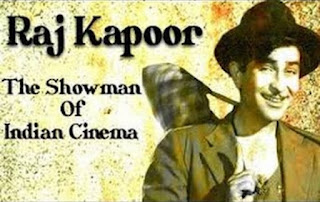The country poised to take the lead as the most populous on the planet produces plenty of music, naturally. And it has admirers from across the international spectrum of classical, pop, cinematic and world music genres. So in order to offer a proper representation of Indian sounds we're going to barely scratch the surface in this program - what else could you do in only an hour? Is it proper? Don’t know, but I like what I hear throughout, whether tunes from Bollywood, devotional singing, unvarnished sounds straight from the countryside, highly polished contributions to today’s popular music scene, ancient and structured classical instrumentals, or a sampling of what outsiders have done with Indian melodic and rhythmic structures. The music found here is profound, whimsical, elegant and vital, so sit back and meditate, dance, or however it moves you…but do listen to what 1/6 of the planet’s inhabitants have to say.
Run list for Music of India and its Admirers - First broadcast 6-22-23
01 Shankar – Prarambh (India)
02 Thione Seck -
Assalo (Senegal)
03 D.R. Parvatikar – Svarǎmandalǎ (India)
04 Nagayya and chorus - Rama Bhajana (India)
05 Dissidenten - Lankra's
Odyssey, Ravi Bal's mix (Germany)
06 O S Arun
- Saakshat Para Brahma (India)
07 Anoushka Shankar – Flight (India)
08 Purna Das Baul - Agun Pani (India)
09 Kishori Amonkar - Raga Bhimpalasi - Drut Khyal in Ektal
Rang So Rang Milaaye (India)
10 Raj Kapoor – Awara Hoon (India)
11 Kiran
Ahluwalia – Matadjem (India and Canada)
12 Lata
Mangeshkar - Tera Jana Dil (India)
13 Musafir – Roomai (India)
14 DJ Cheb I Sabbeh - Shri Durga (Algeria and India)
 |
| Raj Kapoor, India's Clem Kadiddlehopper |


Comments
Post a Comment